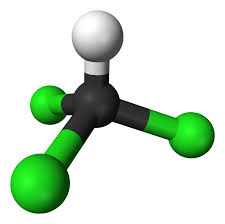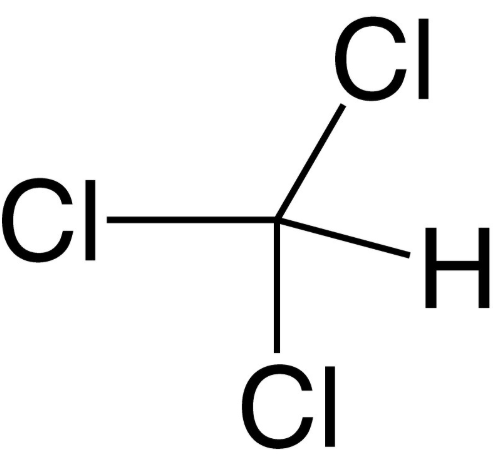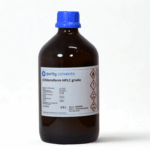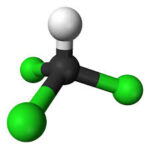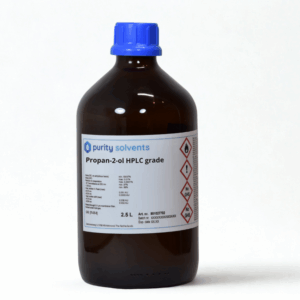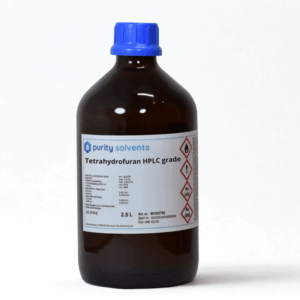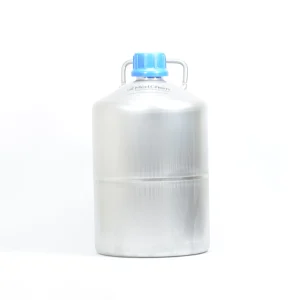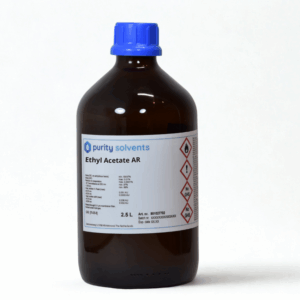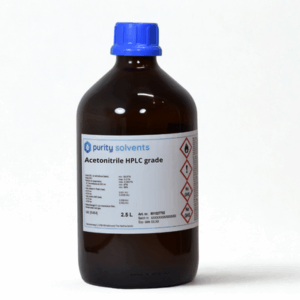Technical Data Sheet
Please request at info@puritysolvents.com
Description
| Catalogue Number | |
| Synonyms | Trichloromethane,Trichlormethan, Formyl trichloride, Chloroformium, Freon 20 , Methane trichloride, Methyl trichloride, Methenyl trichloride, Methenyl chloride |
| Overview | Chloroform is a colorless, volatile liquid with a sweet, ether-like odor. It is nonflammable, but forms toxic phosgene gas upon combustion. Once widely used as an anesthetic, it is now primarily employed as a solvent in industrial and laboratory applications due to its excellent ability to dissolve organic compounds |
Product Information
Chloroform is a colorless, volatile liquid with a sweet, ether-like odor. It is nonflammable under standard conditions and has historically been used as an anesthetic, though this use has been discontinued due to its toxicity. Today, it is primarily used as a solvent in laboratories and industry for its ability to dissolve a wide range of organic compounds.
| Formula | C6H14 |
| Molar mass (M) | 86,18 g/mol |
| Density | 0,66 g/cm³ |
| Boiling point (bp) | 69 °C |
| Flash point | -22 °C |
| Melting point | -95 °C |
Application(s)
| Solvent Use |
Dissolves fats, alkaloids, iodine, rubber, waxes, resins, and many organic compounds Used in extraction of antibiotics, vitamins, and plant alkaloids |
| Laboratory Reagent |
Common in organic synthesis and sample preparation Used in liquid-liquid extraction and in combination with phenol for RNA/DNA isolation (e.g., TRIzol method) |
| Pharmaceutical & Industrial |
Historically used in anesthetics (now discontinued due to toxicity) Intermediate in the production of refrigerants (e.g., HCFC-22, although being phased out) Used in the manufacture of dyes, pesticides, and plastics |
Become a Partner of Purity Solvents
 Partner with us to access the highest quality, REACH-compliant industrial-grade solvents.
Partner with us to access the highest quality, REACH-compliant industrial-grade solvents.Ensure purity, reliability, and compliance for your business. Sign up today and streamline your sourcing with confidence!
 Partner with us to access the highest quality, REACH-compliant industrial-grade solvents.
Partner with us to access the highest quality, REACH-compliant industrial-grade solvents.Ensure purity, reliability, and compliance for your business. Sign up today and streamline your sourcing with confidence!
Safety Information according to GHS
| Hazard Pictogram(s) |   |
| Hazard Statement(s) |
H302 Harmful if swallowed H332 Harmful if inhaled H315 Causes skin irritation H319 Causes serious eye irritation H351 Suspected of causing cancer H336 May cause drowsiness or dizziness H372 Causes damage to organs through prolonged exposure (liver, kidneys) H412 Harmful to aquatic life with long lasting effects |
| Precautionary Statement(s) | P201: Obtain special instructions before use P261: Avoid breathing vapors P280: Wear protective gloves/eye protection P271: Use only outdoors or in a well-ventilated area P264: Wash thoroughly after handling P301+P312: IF SWALLOWED: Call a POISON CENTER or doctor P302+P352: IF ON SKIN: Wash with plenty of water P304+P340: IF INHALED: Remove person to fresh air P305+P351+P338: IF IN EYES: Rinse cautiously with water |
| Signal Word | Danger |


